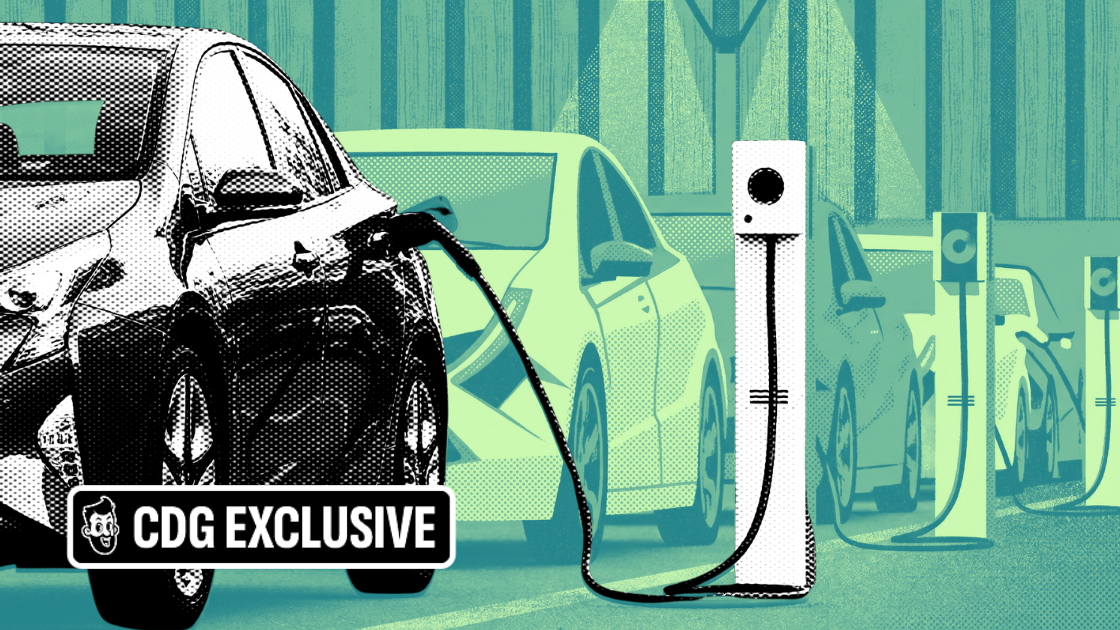
David Long
David Long, Executive General Manager at Hansel Auto Group, has a simple rule after 41 years in automotive retailing: "The dealer with the best inventory wins every time, no matter what."
But the problem is, most car dealers are sourcing from the wrong places.
Driving the news: While competitors fight over wholesale auction inventory and pay transport fees, Long leverages buy centers to tap a market most dealers ignore: private-party sellers who "absolutely go out of their way not to take it to a dealership."
The results: A buy-center Long helped establish in Buffalo, NY, bought 106 cars last month—growing from 68 to 120 cars in stock while generating $650,000 in gross.
How it works: Dedicated buy-center team members typically acquire 50-60 vehicles monthly.
But Long doesn't hire experienced automotive people to do this. He recruits baristas.
"You walk into Starbucks and you see that person out of the five baristas that just lights the place up with energy," Long told Daily Dealer Live hosts Sam D'Arc and Uli De’Martinoi. "I'm going to take you from Starbucks to making $100,000 a year."
Case in point: Not a single employee at the Buffalo buy-center had ever bought, appraised, or sold a car before.
"After a week or two, the person is on the phone calling private party listings, making offers," Long said.
The secret sauce is systematic follow-up most dealerships abandon.
Working with MIT-trained MBAs, Long discovered conversion typically happens around the eighth contact. Early on, he was giving up after three attempts.
"I was always doing that and never finding any success," he recalled.
The breakthrough came from mapping out same-day, next-day, three-day, and seven-day follow-ups that stay "top of mind, top of inbox, and top of text."
"We're producing information for the consumer that makes us their best choice," Long said. "There's no me, my, or I."
And the best part: Zero marketing budget required.
While competitors advertise "We Buy Cars" everywhere, Long's buy centers operate invisibly.
"There's no marketing involved. The customer never knows what we're doing," he explained.
The reason: Mass advertising creates noise.
"The best way to do it is one-to one-communication. That's why it's so hard. That's why people don't do it," he added.
Four acquisition sources that drive buy-center success:
Private party listings: Craigslist, Facebook, classified ads
Service customers: Vehicles brought for maintenance
Curbside outreach: Direct contact with potential sellers
Individual sellers: Anyone avoiding dealerships
But why don't more dealers do this?
"It's too hard. It is just too hard," Long admits. "The amount of intestinal fortitude and effort that goes into building a buy-center...just too much work."
Most dealers try it briefly, make excuses, and return to familiar auction bidding wars.
"I tried that. It didn't work for me. My market's different," Long said, describing typical responses he hears.
The real barrier, he said, is mental.
Experienced dealers struggle to abandon approaches that don't work for private party acquisition.
Meanwhile, traditional sourcing gets worse.
"I have other stores that I help that are at the auction and they're like, my god, I just bought that car. I paid too much," Long said.
Bottom line: Private party acquisition provides unique inventory at better margins without auction competition. While competitors fight over auction scraps, Long's baristas-turned-buyers are systematically converting private sellers one follow-up at a time.
Outsmart the Car Market in 5 Minutes a Week
No-BS insights, built for car dealers. Free, fast, and trusted by 95,000+ auto pros.
Subscribe now — it’s free.
Want insider knowledge on the most up to date trends in auto retail?
The Haig Report® is auto retail's longest-published and most-trusted quarterly report tracking trends and their impact on dealership values. Since 2014, this report has delivered analysis on dealership performance, market trends, and franchise valuations—offering a clear view of opportunities and challenges in automotive retail.
Join the leaders in the industry who rely on the Haig Report® for:
Exclusive insights into dealership values and valuation trends
Franchise insights and outlooks on brand desirability
Market trends to help you make informed business decisions
The only report to publish blue sky values every quarter.
Looking to grow your portfolio or explore dealership investments? Join our exclusive buyer and investor database—visit haigpartners.com/buyerdatabase.











